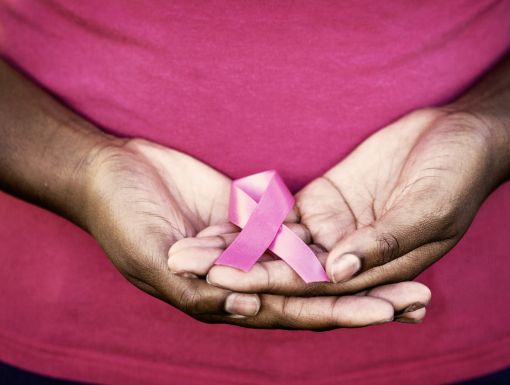
What is The Difference Between a Screening Mammogram and a Diagnostic Mammogram?
A mammogram is an X-ray picture of the breast used to look for signs of breast cancer. While you may be aware of the recommendation for you to start receiving an annual mammogram at age 40, you may not know that there are two different types of mammograms – screening mammograms and diagnostic mammograms. So, what are the differences?
What is a screening mammogram?
A screening mammogram is a radiology test to detect breast cancer while it is small and without symptoms. This test is only performed in women of appropriate age and who have no apparent symptoms of breast cancer, which substantially improves treatment options and survival. Studies have shown regular screening mammograms decrease breast cancer death by approximately 40%. The American College of Obstetrics and Gynecology, the American College of Radiology, the American Society of Breast Surgeons and the Society of Breast Imaging recommend that women begin annual screening mammograms at age 40.It is recommended to start breast cancer screening at 40 because breast cancer incidence increases around this age for average-risk women, and it is associated with the most lives saved. Some women are at high risk of developing breast cancer because of factors like family history and should start annual screening at age 30. Your doctor can help determine if you are average or high-risk to develop breast cancer.
What can I expect during a screening mammogram?
Screening mammograms usually take 15-20 minutes from start to finish. When you go in for your annual screening mammogram at Ochsner, you will receive a three-dimensional tomosynthesis mammogram, which combines multiple low-dose breast X-rays to create 3D images of the breast. During the scan, you will stand in front of a special X-ray machine. Beginning with one breast, a specialized mammography technologist will place your breast in compression with a plastic plate then quickly obtain low-dose X-ray images across multiple angles. The process usually only lasts 5-15 seconds, and your breast is automatically released from compression after the last image is taken. The process is repeated for a total of two positions for each breast. You will feel some pressure during the process, and some women may find it uncomfortable, but the process moves quickly (no more than 10-15 seconds for each time the breast is in compression). The overall radiation dose is also minimal, not much more than background exposure from the environment.
After your screening mammogram, a radiologist will review your images and issue a report. With a screening mammogram, you will not immediately receive your results before leaving the mammography facility, but the results are generally available quickly. Ochsner patients will typically receive results directly to their MyOchsner account within one to three days, and they will also receive a letter in the mail. If your radiologist sees an abnormality on your screening mammogram, they will recommend additional imaging with a diagnostic mammogram and/or breast ultrasound. We will reach out to you directly to help you schedule these appointments.
A screening mammogram is generally free for all patients without cost-sharing from their insurance provider. This includes most major health insurances, as well as Medicare and Medicaid.
What is a diagnostic mammogram?
A diagnostic mammogram is a special mammogram used to investigate an abnormality on a screening mammogram further. A diagnostic mammogram is also used to investigate a specific breast symptom such as a lump felt by the patient or their doctor, skin redness, new nipple inversion or nipple discharge that happens on its own, among other possibilities. Breast pain does not typically indicate a need for a diagnostic mammogram unless the pain is in one particular spot and persistent. In the absence of other symptoms like a lump or skin redness, occasional pain or pain spread out over a wide area in one or both breasts are not worrisome signs indicating a need for a diagnostic mammogram.
What can I expect during a diagnostic mammogram?
A diagnostic mammogram will have a similar set-up to a screening exam, but often involves special images that magnify or put focal pressure on a certain area of the breast. These additional images will provide more detailed information for your radiologist, often revealing that everything is normal or that additional images or tests are required. A radiologist will look at your images while you wait, and if a breast ultrasound is recommended, it will be performed during the same appointment. You will know your results and any further recommendations before leaving your diagnostic mammogram appointment. You will often meet your radiologist in person to get these results or recommendations directly.
Why do screening mammograms matter?
About 1 in 8 women in the United States (about 13%) will develop invasive breast cancer in her lifetime. Breast cancer is the most diagnosed cancer in the world and the second leading cause of cancer death for women in the United States. Early detection with a screening mammogram is lifesaving. Some key points to remember about mammograms are:
- Annual screening mammography is recommended beginning at:
- age 40 for average-risk women
- age 30 for high-risk patients
- Screening mammograms are performed in patients without breast symptoms or problems
- Diagnostic mammograms investigate abnormal screening mammograms or breast symptoms
- Mammograms have minimal radiation exposure
- Screening mammograms reduce death from breast cancer by 40%
Are you due for a screening mammogram? Schedule yours today: ochsner.org/screenings

